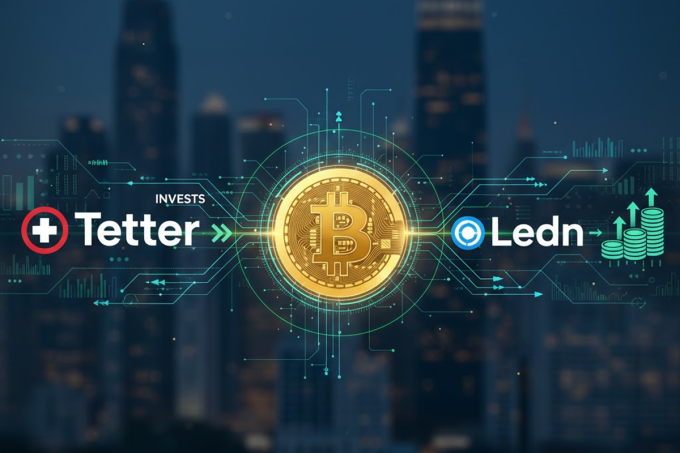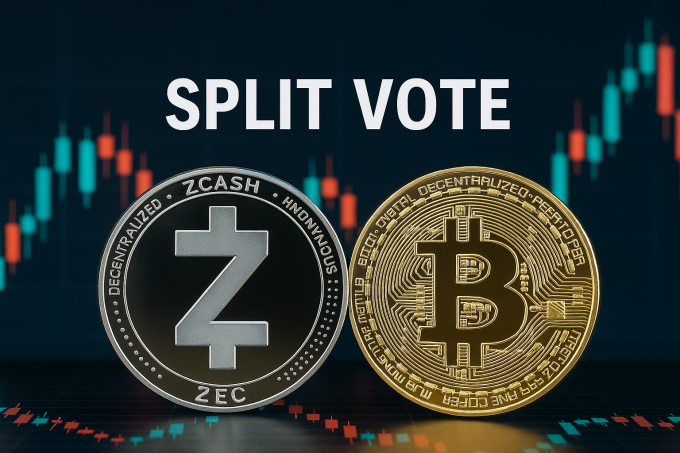Nvidia’s Q3 earnings have injected fresh momentum into both tech stocks and crypto-related assets, signaling strong demand for AI-driven infrastructure. The report comes amid heightened institutional interest in hardware-intensive crypto operations, as investors assess potential impacts on mining, staking, and broader blockchain infrastructure.
Market Reaction & Cross-Asset Ripple Effects
Nvidia reported Q3 revenue of approximately $57 billion, representing a 62% year-on-year increase, well above analyst expectations. The stock jumped 3–5% in after-hours trading, while semiconductor peers also advanced. Crypto-focused firms, particularly mining companies, experienced notable gains, reflecting the perception that rising AI infrastructure demand will indirectly benefit compute-intensive crypto operations. The rally underscores a broader risk-on environment, where investors are favoring growth sectors with strong capital expenditure trends.
Technical and Regulatory Implications for Crypto Infrastructure
The earnings report highlights sustained demand for GPUs and other high-performance chips, with Nvidia projecting a strong multi-quarter pipeline of AI hardware orders. For crypto infrastructure, this signals continued competition for hardware resources, potentially driving costs higher for mining and staking operations. Additionally, regulatory oversight of dual-use technologies (AI and crypto mining) may intensify in certain jurisdictions, requiring firms to monitor hardware allocation and energy usage closely. Supply constraints and regulatory shifts could affect deployment timelines and profitability for crypto-focused enterprises.
Investor Sentiment and Strategic Considerations
Institutional crypto investors view Nvidia’s results as both a positive signal and a benchmark for execution. The strong earnings reinforce the viability of AI-driven growth strategies, indirectly supporting crypto infrastructure investments. At the same time, elevated valuations in tech and crypto markets have raised expectations for performance and operational discipline. Investors are increasingly considering hybrid infrastructure strategies that combine crypto mining with AI-related workloads, reflecting a trend toward diversification and risk mitigation in capital-intensive segments.
Looking ahead, key factors for investors include monitoring hardware supply and pricing trends, evaluating crypto firms’ ability to leverage AI-adjacent workloads, and observing potential regulatory developments affecting compute and energy use. While Nvidia’s results provide a supportive backdrop for growth assets, risks such as slowing AI capital expenditure, rising interest rates, or shifts in hardware availability could influence crypto and tech markets. Institutional investors will need to balance the opportunity from continued demand with the operational and regulatory challenges inherent in this evolving landscape.













Leave a comment